Introduction
PHP (Hypertext Preprocessor) is an open-source, server-side scripting language that has been a cornerstone of web development for over two decades. It powers millions of websites and applications, offering developers a flexible, cost-effective, and highly scalable tool to build dynamic digital experiences. From small personal blogs to enterprise-level systems, PHP remains one of the most trusted technologies on the web.
Key Features of PHP
- Server-Side Execution: PHP runs on the server and generates dynamic HTML content before sending it to the browser.
- Open-Source: Completely free to use, with continuous contributions from a large developer community.
- Cross-Platform: Works seamlessly on Windows, macOS, Linux, and most major operating systems.
- Rich Libraries & Frameworks: Comes with thousands of libraries and frameworks that speed up development.
- Database Integration: Supports popular databases like MySQL, PostgreSQL, and MongoDB.
- Community Support: A massive global network of developers ensures constant innovation and troubleshooting help.
Advantages of PHP
PHP has secured its reputation as a reliable choice for both beginners and professionals due to the following advantages:
- Easy Learning Curve: With simple syntax, PHP is accessible even to beginners with no prior coding experience.
- Rapid Development: Its built-in functions and frameworks allow faster project completion.
- Scalability: PHP applications can handle increasing traffic and expand as business needs grow.
- Flexibility: Ideal for small projects as well as enterprise-level applications.
- Cost-Effective: Being open-source, it significantly reduces software development expenses.
Applications of PHP
PHP’s versatility makes it a go-to technology for a wide range of applications:
- Web Development: Used extensively to build dynamic websites and web applications.
- Content Management Systems (CMS): Powers platforms like WordPress, Joomla, and Drupal.
- E-commerce Platforms: Used in popular solutions like Magento, WooCommerce, and OpenCart.
- API Development: Suitable for creating RESTful APIs and backend services.
- Social Media Applications: Scalable enough to handle user interactions, messaging, and feeds.
Popular PHP Frameworks & Tools
Frameworks and tools enhance the efficiency of PHP development by offering structured architecture, built-in security, and pre-built modules. Some of the most widely used are:
- Laravel: Known for its simplicity, elegant syntax, and MVC architecture.
- CodeIgniter: Lightweight and fast, suitable for small and medium projects.
- Symfony: A robust framework offering reusable components for large-scale applications.
- Composer: PHP’s dependency manager, making it easy to install and manage libraries.
Best Practices for PHP Development
To get the best results from PHP, developers should follow industry-standard practices:
- Use Frameworks: Leverage Laravel, Symfony, or CodeIgniter for secure and maintainable code.
- Implement Security Measures: Protect against common vulnerabilities like SQL injection and XSS attacks.
- Use Version Control: Adopt Git or other version control systems for team collaboration.
- Follow Coding Standards: Use PSR (PHP Standards Recommendations) to maintain code readability.
- Thorough Testing: Perform unit and integration tests to ensure application stability.
Conclusion
PHP has stood the test of time and continues to dominate the web development space in 2025. Its adaptability, ease of learning, and vast ecosystem make it an indispensable tool for developers and businesses alike. Whether you’re a beginner learning your first programming language or an enterprise looking to scale applications, PHP provides the perfect balance of performance, scalability, and cost-efficiency.
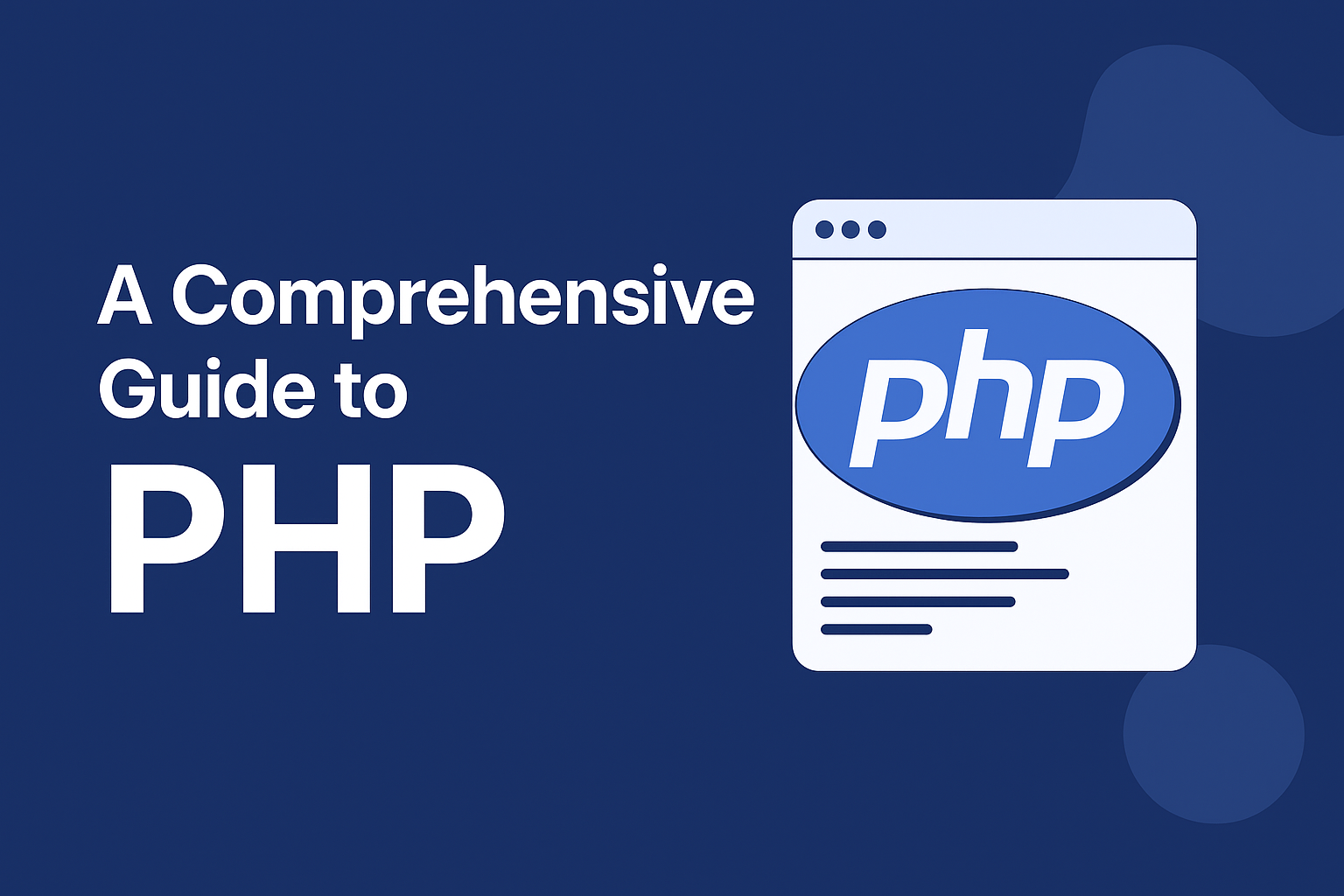

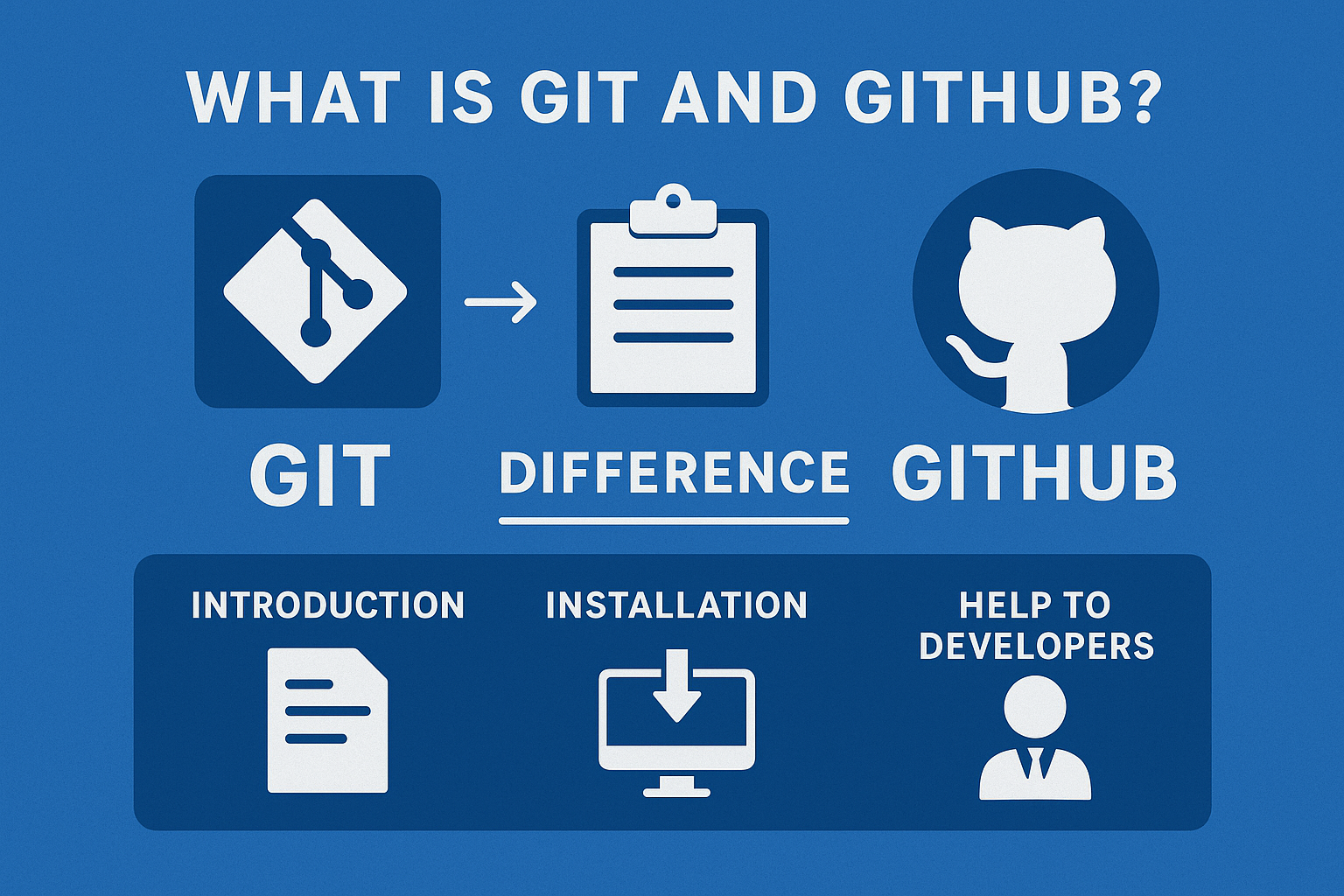
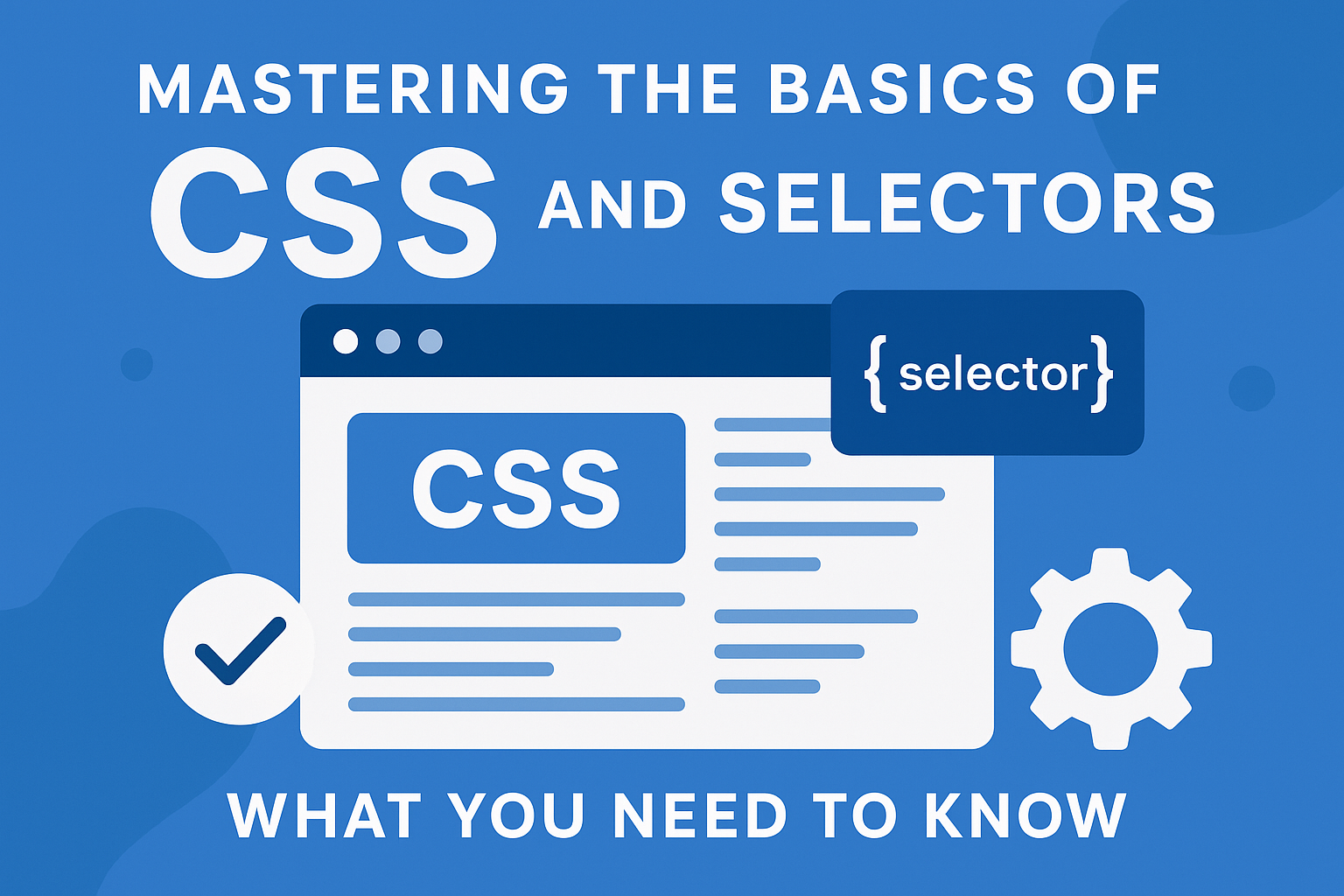
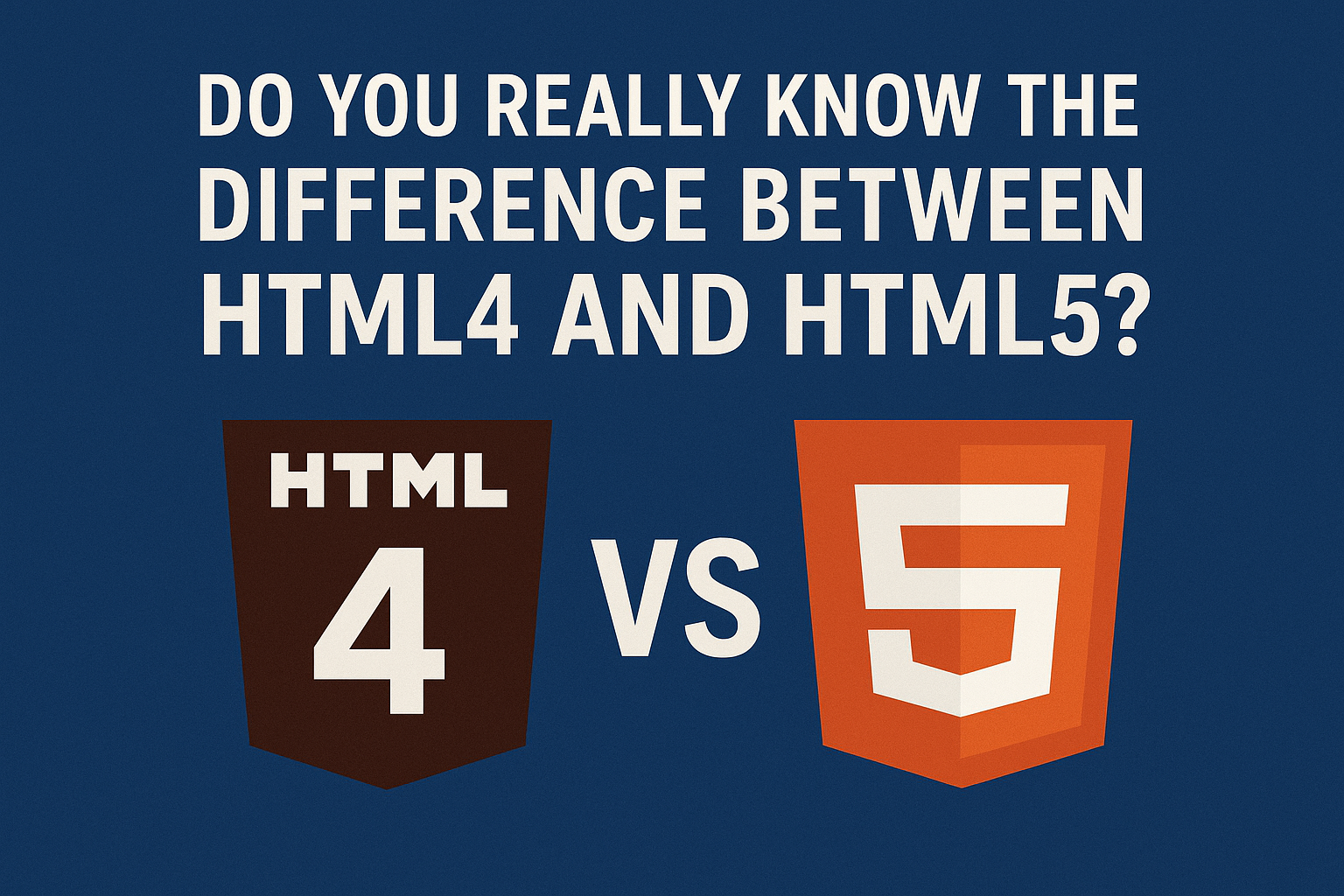

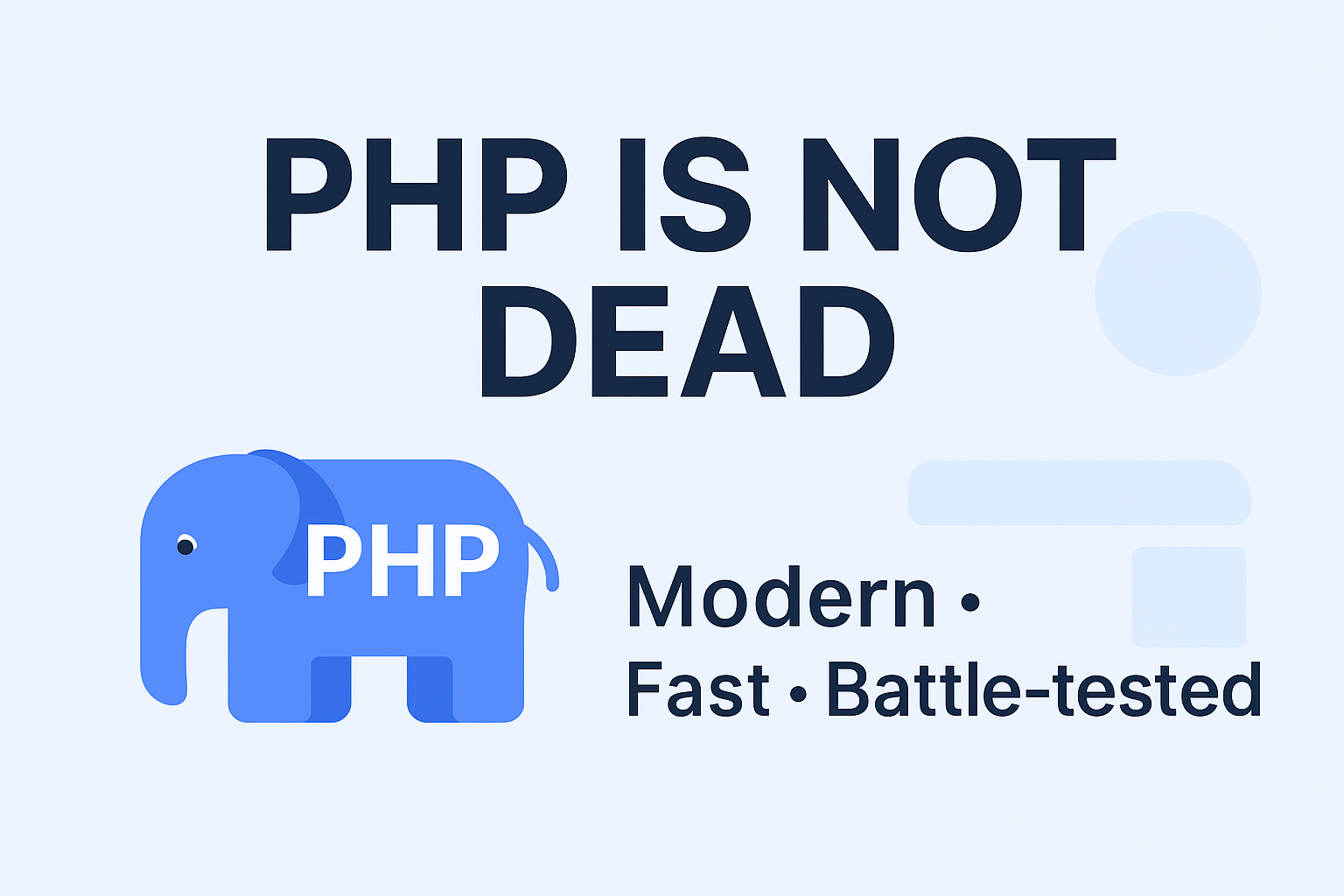
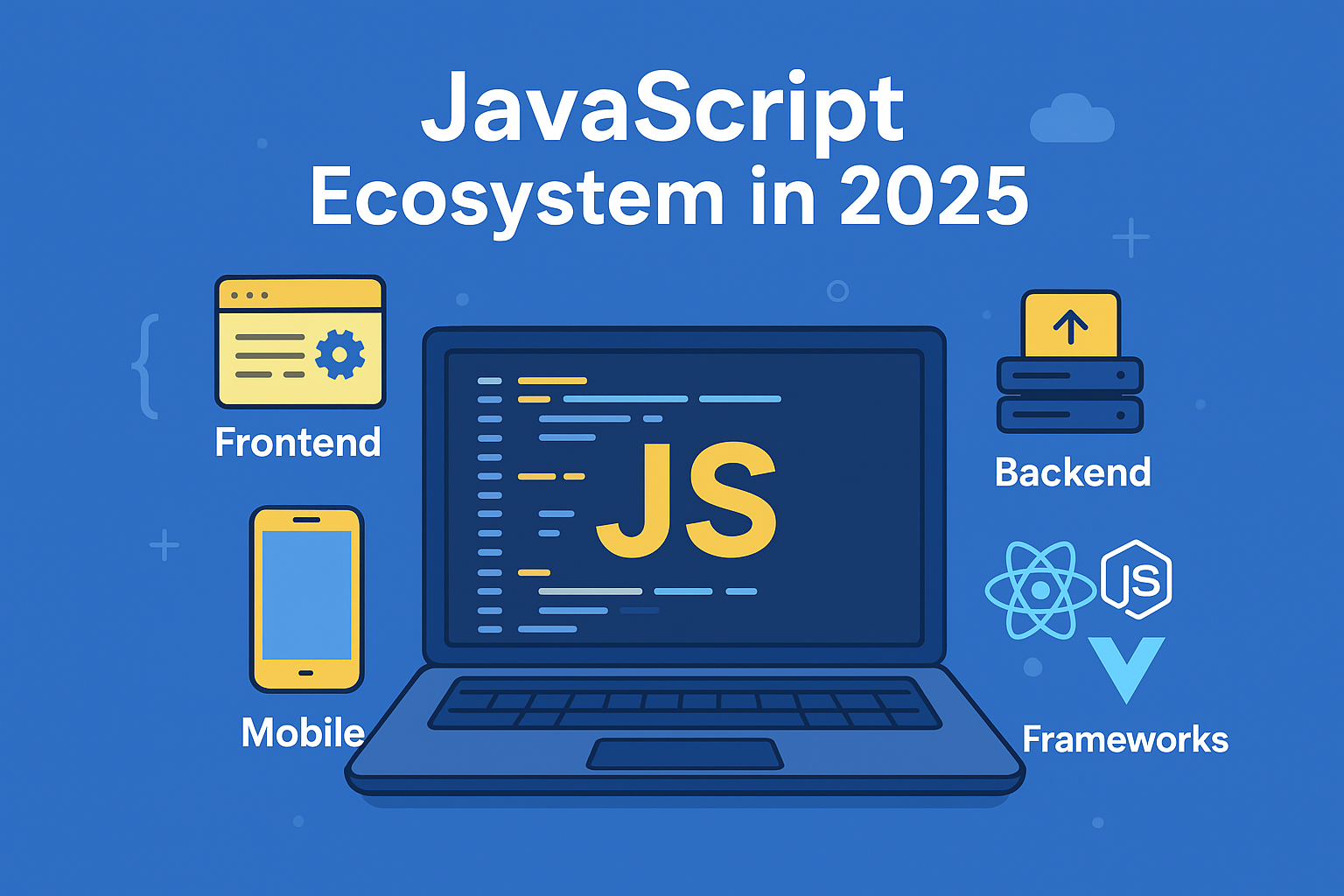
Discussion (0)
Leave a comment